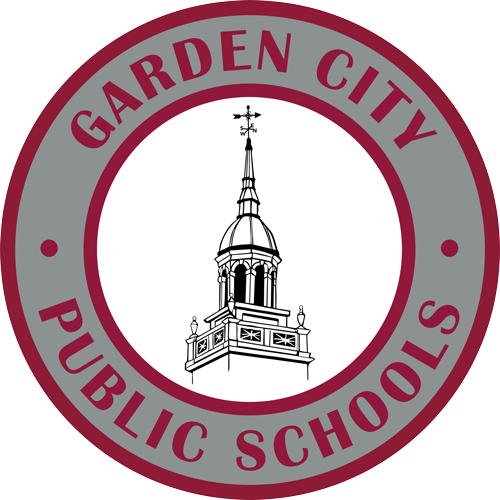3rd Grade Social Studies
Grade 3: Communities Around the World
In third grade, students expand their focus to world communities, exploring how people live in different regions. They compare cultures, traditions, governments, and economies in communities across continents. Students also investigate how geography influences daily life, including housing, food, and transportation.
Social Studies Practices:
Gathering and Using Evidence:
Students analyze images, folktales, and artifacts from different cultures to learn about traditions. For example, they might examine images of American communities celebrating national holidays like the Fourth of July and compare them to Brazilian celebrations such as Carnival. Students could also explore Nigerian traditions, like those seen in Nigerian wedding ceremonies or festivals, and compare the cultural practices across these communities.Chronological Reasoning:
Students create timelines showing historical events from world communities. For instance, they might create a timeline of key historical events from Brazil and significant changes in the economy, such as the growth of the coffee industry.Comparison and Contextualization:
Students compare their daily lives to those of children in different parts of the world, like Brazil or Nigeria. For example, students could compare their school day with a typical school day in Nigeria, where students may attend school in the morning and afternoon, and discuss differences in the types of food they eat. Similarly, they could compare their daily routines to those of children in Brazil, focusing on the climate, types of transportation, and popular leisure activities like soccer.Geographic Reasoning:
Students use globes and world maps to locate different countries and describe climate and landforms. For example, they could locate Brazil on a map and describe the Amazon Rainforest, exploring its role in the environment and how it affects the daily lives of people living near it. Students might also compare the climate and geography of Nigeria, with its tropical regions, to that of the American South, noting how the climate impacts farming, food production, and transportation.Civic Participation:
Students discuss global challenges and explore ways people can work together to solve problems. They could learn how Brazil has faced deforestation of the Amazon and explore ways communities are working to protect it.
